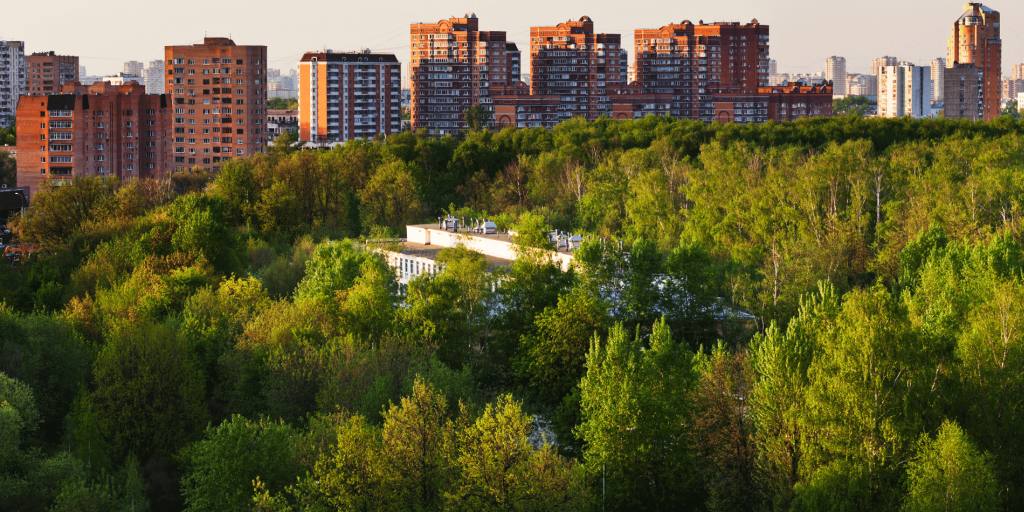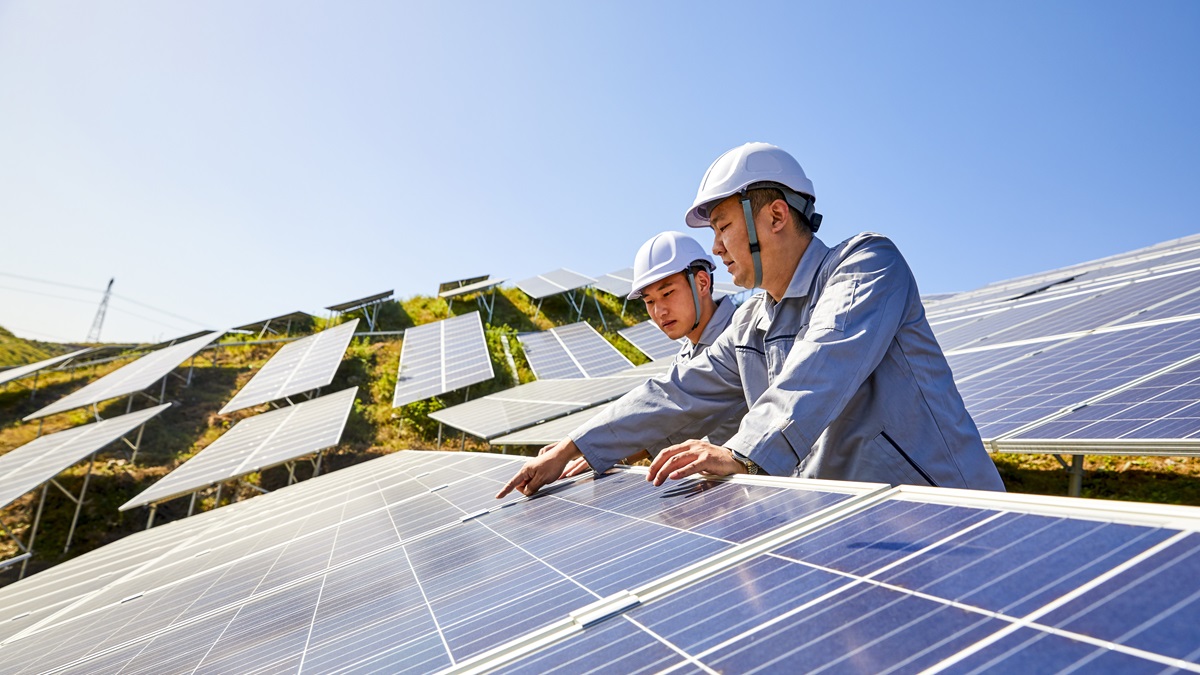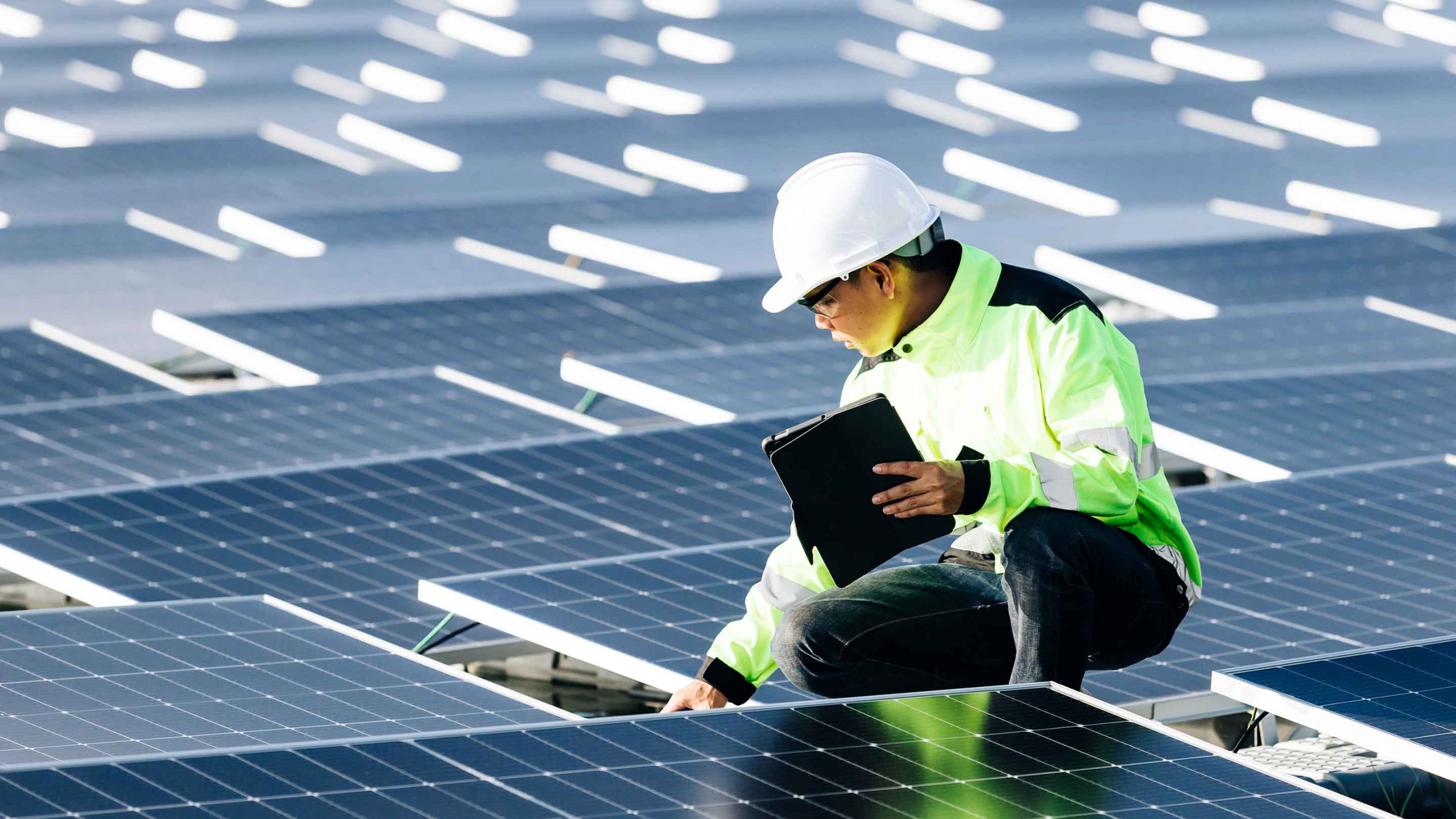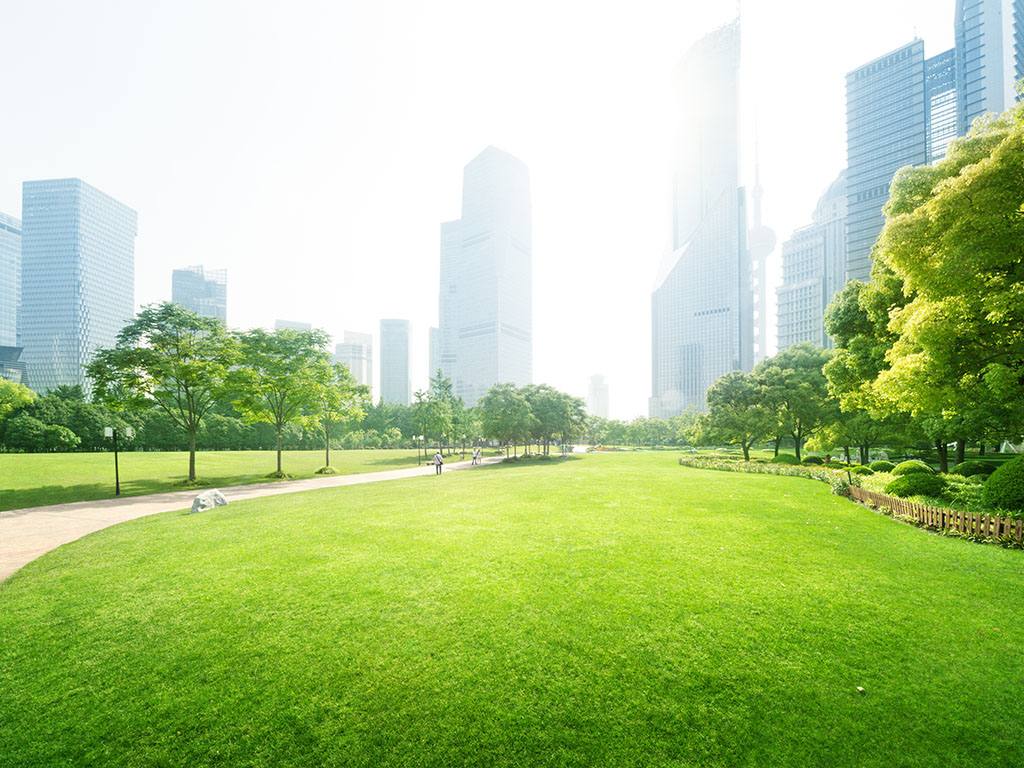How Sustainable Practices Improve Urban Environments

Green building has emerged as a transformative approach to urban development, offering a way to create healthier, more sustainable environments in cities worldwide. As urban populations continue to grow, the demand for buildings that are not only functional but also environmentally responsible has become increasingly critical. Green building practices focus on minimizing the environmental impact of construction and operation, while enhancing the quality of life for occupants. By integrating sustainable practices into the design, construction, and operation of buildings, cities can reduce their carbon footprint, conserve resources, and create healthier, more livable urban spaces.
Reducing Environmental Impact
One of the primary benefits of green building is its ability to significantly reduce the environmental impact of urban development. Traditional construction methods often involve high levels of resource consumption and waste production, contributing to deforestation, pollution, and climate change. Green building practices, on the other hand, emphasize the use of sustainable materials, energy-efficient systems, and waste reduction strategies.
For example, green buildings often incorporate materials like recycled steel, reclaimed wood, and low-VOC (volatile organic compound) paints, which reduce the demand for new resources and minimize harmful emissions. Additionally, green building designs prioritize energy efficiency through the use of high-performance insulation, energy-efficient windows, and renewable energy sources like solar panels. By reducing energy consumption and relying on sustainable materials, green buildings help lower greenhouse gas emissions, conserve natural resources, and minimize waste, contributing to a healthier environment and more sustainable urban development.

Enhancing Indoor Air Quality
Indoor air quality is a critical factor in determining the health and well-being of building occupants. Traditional buildings often suffer from poor air quality due to the use of toxic materials, inadequate ventilation, and the presence of pollutants like mold, dust, and chemical off-gassing. Green building practices address these issues by promoting the use of non-toxic materials, improving ventilation systems, and incorporating natural air filtration methods.
For instance, green buildings are designed with enhanced ventilation systems that circulate fresh air and reduce the concentration of indoor pollutants. Materials used in green buildings, such as low-VOC paints and adhesives, emit fewer harmful chemicals, resulting in cleaner indoor air. Additionally, features like green walls and indoor plants can act as natural air filters, removing pollutants and improving overall air quality. By creating healthier indoor environments, green buildings contribute to the well-being of occupants, reducing the risk of respiratory issues, allergies, and other health problems associated with poor air quality.
Lowering Operating Costs
While the initial investment in green building practices may be higher than traditional construction methods, the long-term benefits often result in significant cost savings. Green buildings are designed to be energy-efficient, which can lead to substantial reductions in energy bills. For example, the use of energy-efficient lighting, heating, and cooling systems can lower electricity consumption, while renewable energy sources like solar panels can provide a consistent, low-cost energy supply.
Water conservation is another area where green buildings can reduce operating costs. By incorporating water-saving fixtures, such as low-flow toilets and faucets, and systems for rainwater harvesting and greywater recycling, green buildings can significantly reduce water usage and lower utility bills. Additionally, green roofs and other sustainable landscaping practices can reduce the need for expensive irrigation and maintenance. Over time, these cost savings can offset the initial investment in green building technologies, making them a financially sound choice for developers and building owners.
Promoting Urban Resilience
Green building practices also play a crucial role in promoting urban resilience, helping cities withstand and adapt to the impacts of climate change and other environmental challenges. As cities face increasing threats from extreme weather events, rising temperatures, and resource scarcity, the need for resilient infrastructure has become more urgent.
Green buildings contribute to urban resilience by incorporating features that enhance the durability and adaptability of structures. For example, green roofs and walls can help regulate building temperatures, reduce the urban heat island effect, and manage stormwater runoff, reducing the risk of flooding. Buildings designed with passive cooling and heating systems are less reliant on external energy sources, making them more resilient to power outages and energy shortages. Additionally, the use of sustainable materials that are resistant to extreme weather conditions, such as drought-tolerant landscaping and flood-resistant building materials, further enhances the resilience of urban infrastructure.
By promoting the adoption of green building practices, cities can create more resilient urban environments that are better equipped to handle the challenges of climate change. Websites dedicated to sustainable architecture and urban planning, like the U.S. Green Building Council’s website, offer valuable resources and guidelines for implementing these practices effectively.
Conclusion
Green building offers a wide range of benefits that go beyond just environmental sustainability. By reducing the environmental impact of construction, enhancing indoor air quality, lowering operating costs, and promoting urban resilience, green buildings contribute to the creation of healthier, more sustainable urban environments. As cities continue to grow and evolve, the adoption of green building practices will be essential in ensuring that urban development is both responsible and resilient. The future of urban environments depends on our ability to integrate these sustainable practices into every aspect of the built environment, creating cities that are not only livable but also capable of thriving in the face of environmental challenges.






